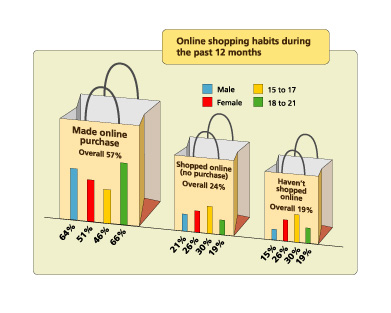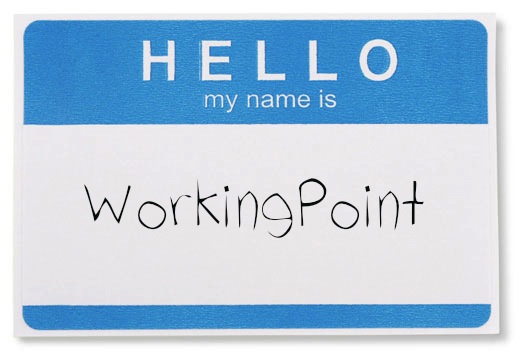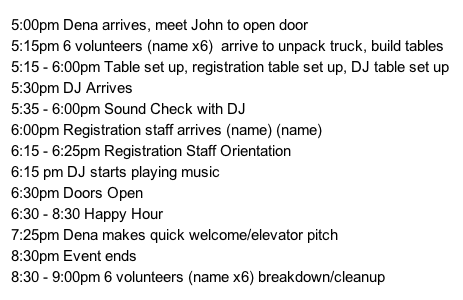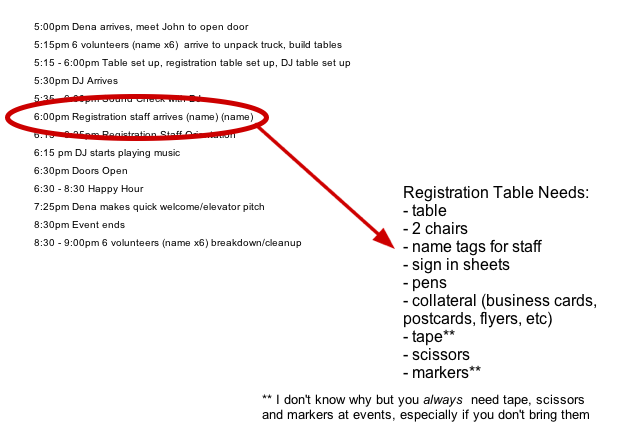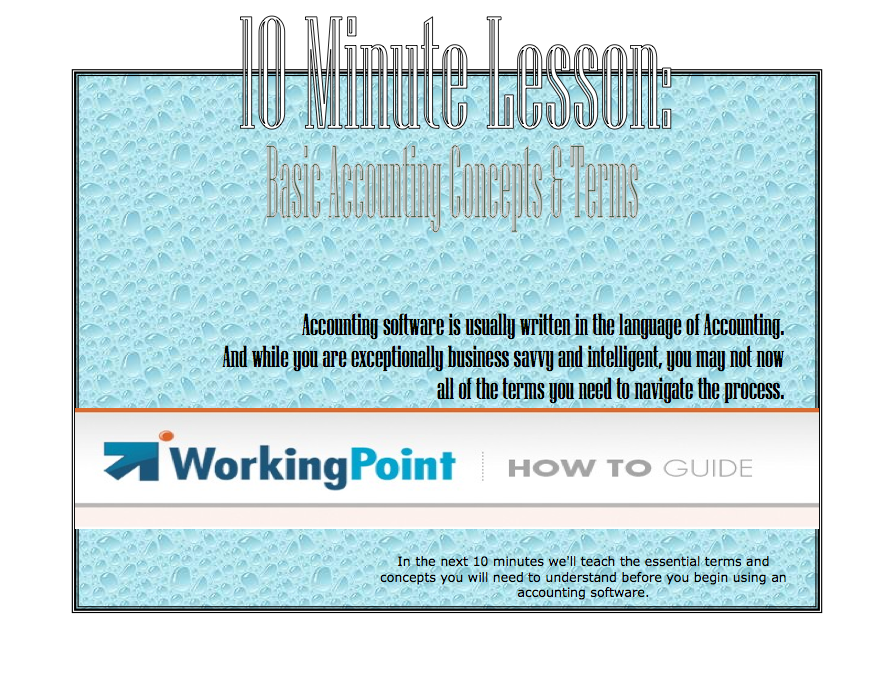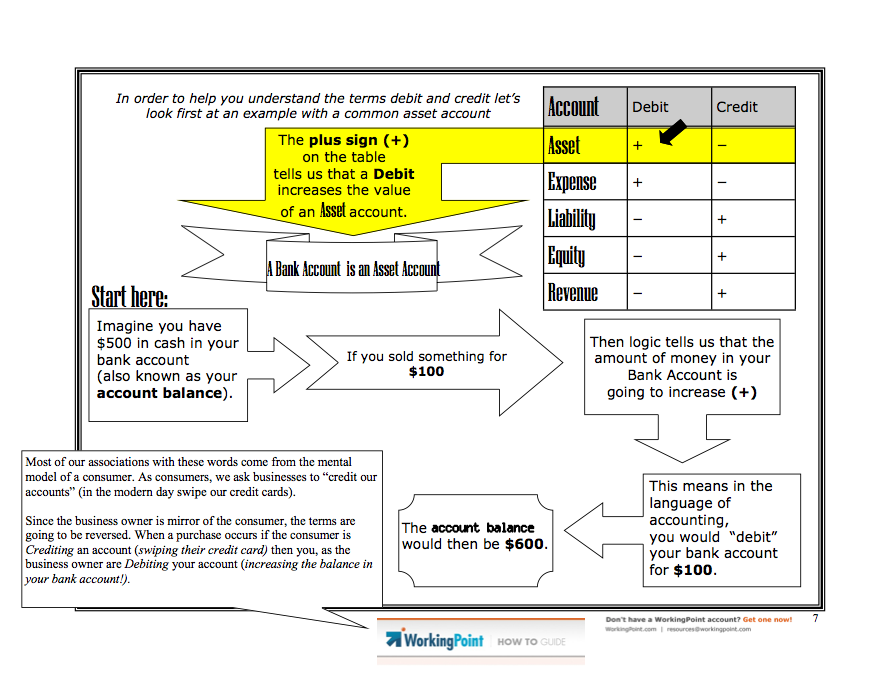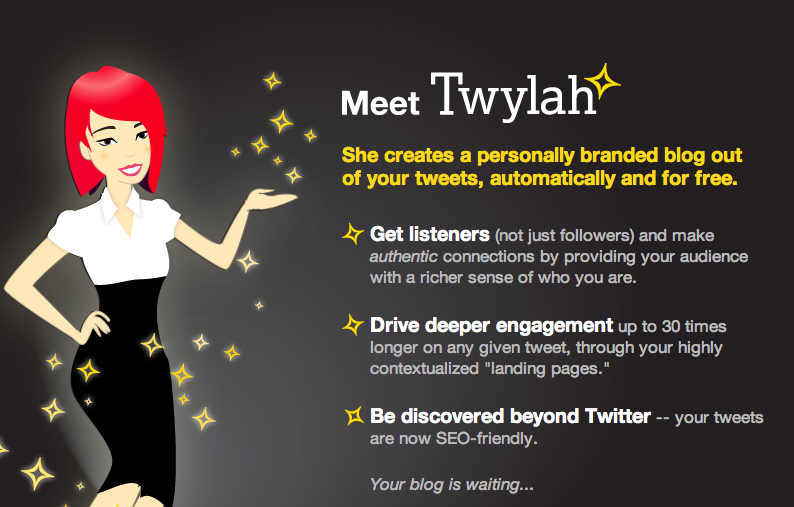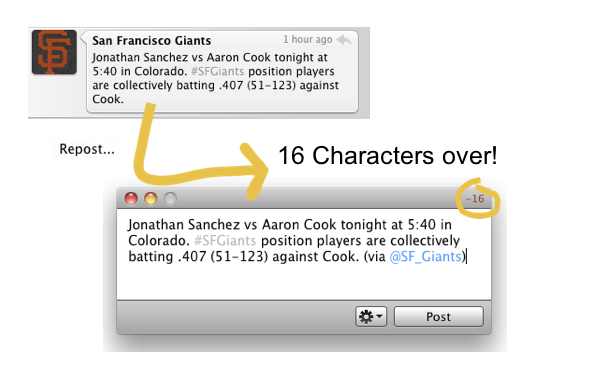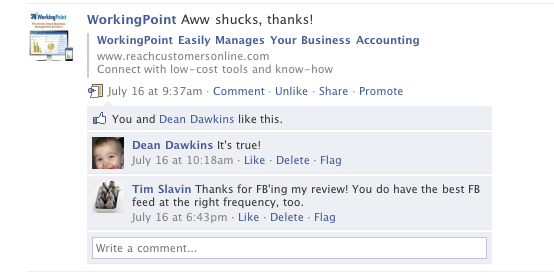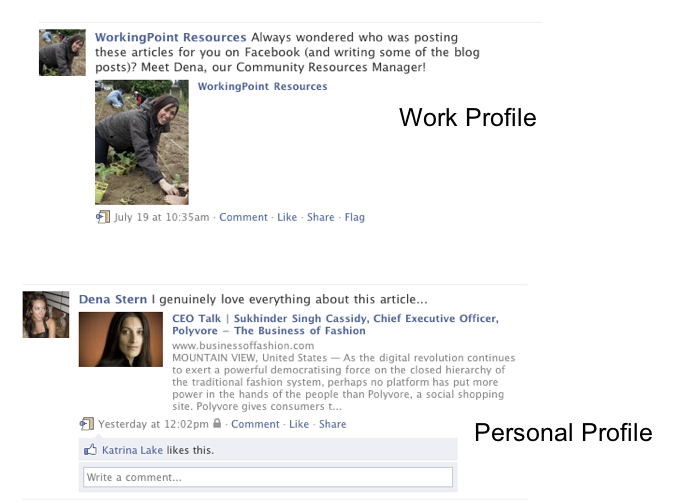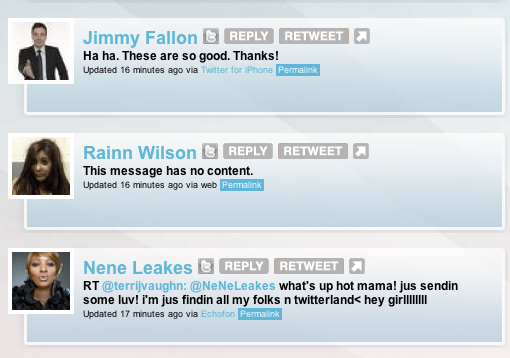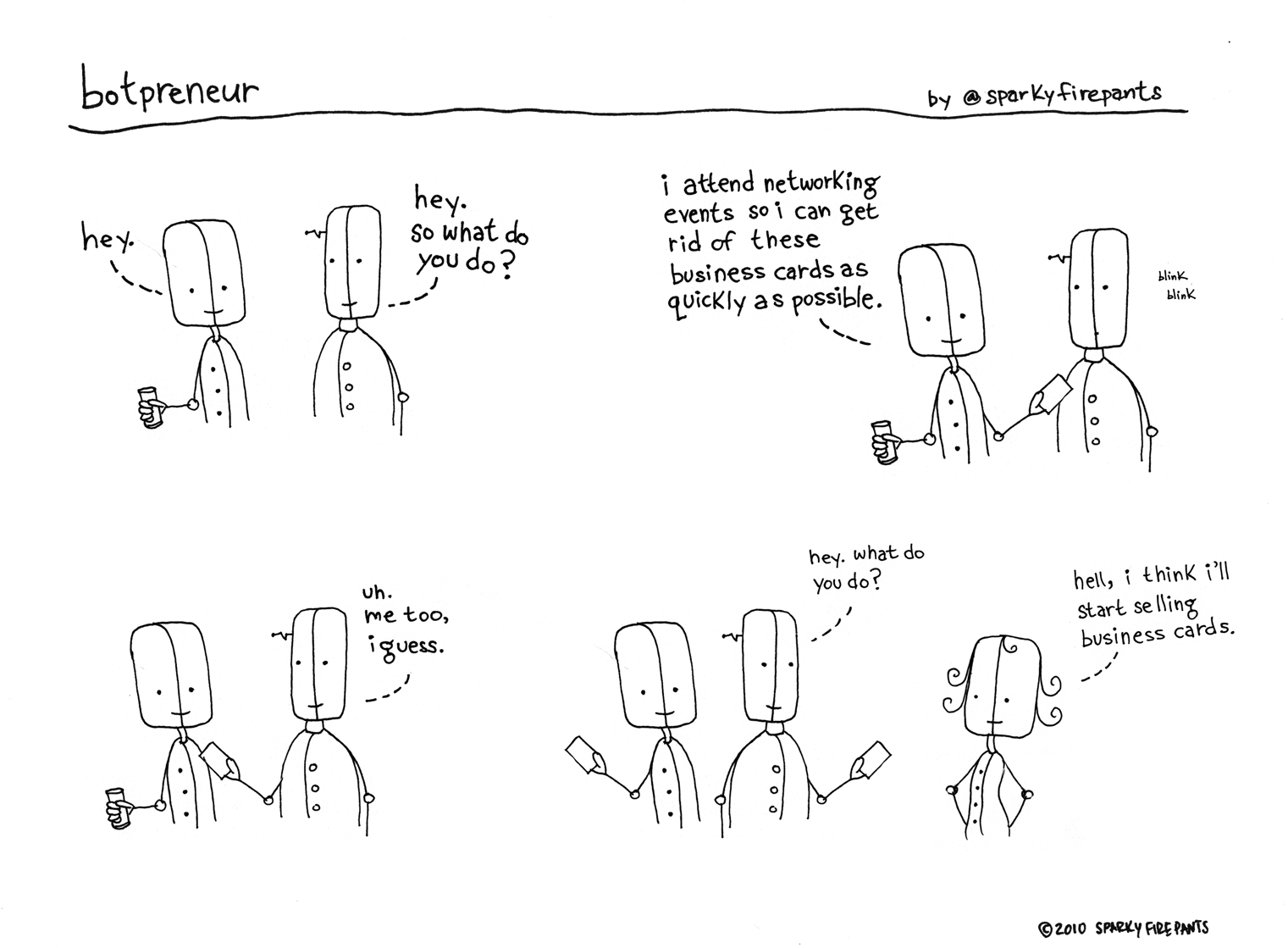
A recent article in Mashable advocated for the use of Social Media sites like LinkedIn, Aardvark and Quora to “demonstrate your business acumen“. All of these sites fall into an exciting new category of media known as “Social Q&A” or “Social Information Seeking (SIS)“. The basic premise is that people ask questions, and then crowdsource the answers. Each of the different sites has a different strength, but in general the Q&A sites are designed for answers to questions that are hard to Google, how to’s, consumer recommendations and other quandaries that benefit from crowdsourcing popular opinion. I use these sites to see what people are saying about their business accounting and payroll software, especially when it’s small business software. I also use it to answer questions about small business accounting, bookkeeping software, invoicing software and accounts software. The effects of participating in these kinds of conversations are plentiful: you show your community that you care, you demonstrate your knowledge in the sector, your brand becomes associated with providing high quality answers (and solutions) and you get your name out to people who are talking about what you do.
My friend Katrina Lake wrote a great head to head comparison of Quora, Yahoo Answers, Facebook Questions and Aardvark from the consumer perspective for her blog. If you’re new to the technology, understanding how the consumers you are trying to reach use the technology is an important first step.
With all Social Media efforts, we advocate being genuine and generous. It’s ok to answer questions that don’t relate directly to your business, or your product but that demonstrate your knowledge of the broader topic, application and community. If there’s a product or resource you like, share it! Providing high quality answers is the most important aspect of making this tactic effective.
Below is a list of the sites we’ve been using to answer questions and a little bit about our experience using them. For all of them I usually start by using their search tool to look for our keywords, online accounting, invoicing, small business and a few others and then answering any open questions that come up. I also look for questions that relate to our business in a larger sense, tactics for small business promotion, interesting technologies, quality testing, business management and more. Anything related to our community that we can provide expertise and resources to our community will enhance our brand.
Need help figuring out your keywords? Check out this great article by Corbett Barr that walks you through the process in a few easy steps.
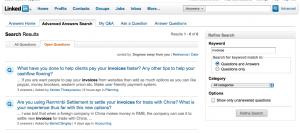 Espree Devora, the Social Media Ninja, put it best when she said “LinkedIn is a place people go to do business”. This makes it an ideal place to demonstrate your expertise in your area and to reach people who are looking for what you have to offer.
Espree Devora, the Social Media Ninja, put it best when she said “LinkedIn is a place people go to do business”. This makes it an ideal place to demonstrate your expertise in your area and to reach people who are looking for what you have to offer.
Pros: LinkedIn is a large and active site, which means you have the potential to reach a lot of people. With the right search you can find pages of related questions to answer.
Cons: LinkedIn is a huge site, which means a lot of competition. Harder to get ranked and noticed. Also, it’s been around for awhile and they close questions, so you may not be able to answer a question.
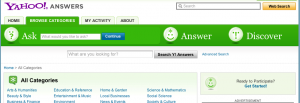 Yahoo Answers can be a powerful tool because they pop up so often in generic search engine searches (ie somebody types a question into Google or Yahoo). They live for a long time and people ask all kinds of questions, so you can be creative about how you get to people who might be searching for you.
Yahoo Answers can be a powerful tool because they pop up so often in generic search engine searches (ie somebody types a question into Google or Yahoo). They live for a long time and people ask all kinds of questions, so you can be creative about how you get to people who might be searching for you.
Pros: Big Impact.Yahoo Answers is really the pioneer of Social Q&A and so has the advantage that comes from seniority in the field. It also has an incredibly broad user base, it’s not limited to niche or industry insiders.
Cons: Notoriously spammy. You have to be careful that you sound like a real person and not a bot. The point system for answering seems to encourage people to answer regardless of if they are being repetitive which means sometimes the sheer amount of answers will drown out your voice.
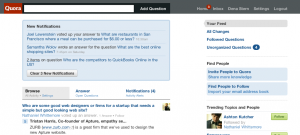 Quora is the new kid on the scene and has generated a lot of buzz in the Silicon Valley. From what I hear, the code is really beautiful something that tends to generate a lot of buzz in Silicon Valley, but not necessarily in the rest of the world. The interface is very clean and spare, which means it’s not intuitive or easy to use if you’re not a little bit tech savvy.
Quora is the new kid on the scene and has generated a lot of buzz in the Silicon Valley. From what I hear, the code is really beautiful something that tends to generate a lot of buzz in Silicon Valley, but not necessarily in the rest of the world. The interface is very clean and spare, which means it’s not intuitive or easy to use if you’re not a little bit tech savvy.
Pros: Clean design. Active Spam filters. New (which means a lot of room to rank high for your responses!). Getting a lot of buzz right now in the tech world (early adopters which often predict which technology will endure). Ranking system which rewards high quality answers. Encourages people to write unique responses eliminating repetition and information overload.
Cons: The design is very clean and simple, which makes it harder to use if you lack a lot of social media savvy. I had an answer which I didn’t think was spammy that was flagged and I found the email response rude. They also removed the post, which meant I couldn’t respond to the rude comment and I was frustrated that I couldn’t find anyone to talk to about my experience.
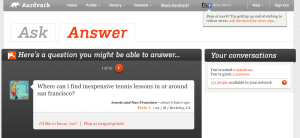 Aardvark is the easiest to use of all of the Q&A sites. They put a question in front of you with a box underneath it. How they decide which questions to give you is based on an algorithm that uses topics that you self select plus the questions that you answer. You can also have questions sent to you via your chat method of choice (gchat, AIM, Yahoo Messenger etc.) which is either very cool or intrusive.
Aardvark is the easiest to use of all of the Q&A sites. They put a question in front of you with a box underneath it. How they decide which questions to give you is based on an algorithm that uses topics that you self select plus the questions that you answer. You can also have questions sent to you via your chat method of choice (gchat, AIM, Yahoo Messenger etc.) which is either very cool or intrusive.
Pros: So easy to use! And it’s really fun and addictive as well! It also allows you to interact directly with one person, potentially building relationships. If you limit your questions to your expertise, and provide high quality answers you can become the “expert” in that field.
Cons: You don’t get to choose your questions. Sometimes I’ll go to answer questions and there wont be any for me to answer!
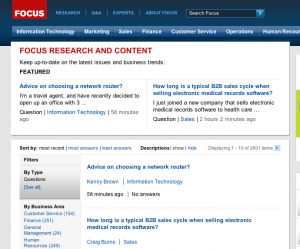 Focus is a lot like LinkedIn. It serves a community of business minded professionals. Their community is composed of business professionals looking to share info. Their community is not as well known as LinkedIn and therefore significantly smaller but people ask high quality questions.
Focus is a lot like LinkedIn. It serves a community of business minded professionals. Their community is composed of business professionals looking to share info. Their community is not as well known as LinkedIn and therefore significantly smaller but people ask high quality questions.
Pros: A community of professionals looking to network and share professional info. Most questions I’ve answered had only a few answers which made me feel like my answers had a greater impact.
Cons: Smaller, lesser known site which means you’re not reaching as many people with your answers.
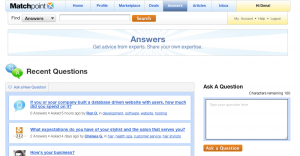 Matchpoint describes themself as “he easier way for consumers to find and connect with local businesses. Whether you are looking for a plumber, electrician, or even a local Yoga studio, Matchpoint can help you find what you are looking for.” If this describes your business this is definitely the site for you.
Matchpoint describes themself as “he easier way for consumers to find and connect with local businesses. Whether you are looking for a plumber, electrician, or even a local Yoga studio, Matchpoint can help you find what you are looking for.” If this describes your business this is definitely the site for you.
Pros: Really easy to search and find questions to answer. Nice design. Emphasis on local businesses.
Cons: Not as well known as some of the other sites which means less questions to answer. Even though I check our keywords most days I’ve already answered all 3 of the relevant questions I was able to find.
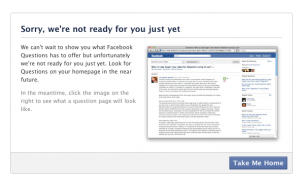
I was really excited when news of Facebook questions first broke. However I was not one of the chosen few lucky enough to be part of the first wave so I’m still waiting to check it out.
Will you be trying out any Social Q&A sites for your business? Let us know if we missed any or how it works out for you!


